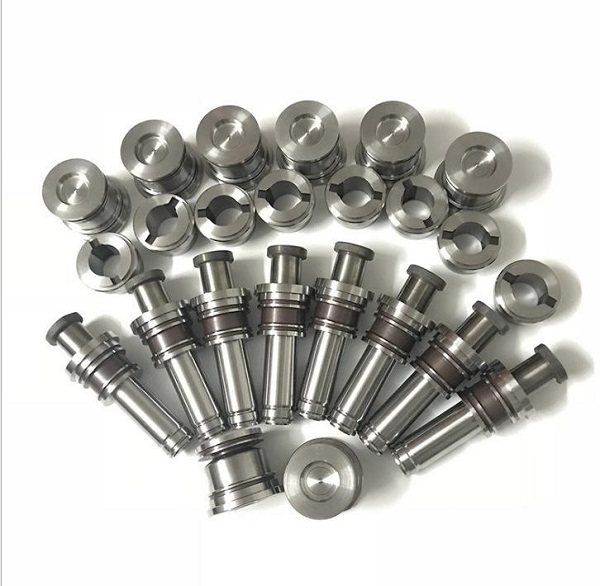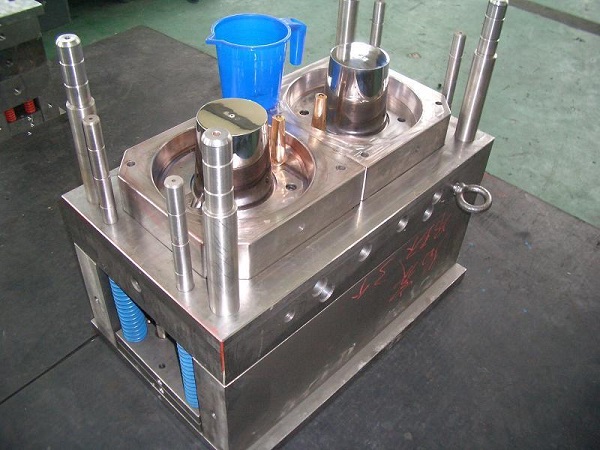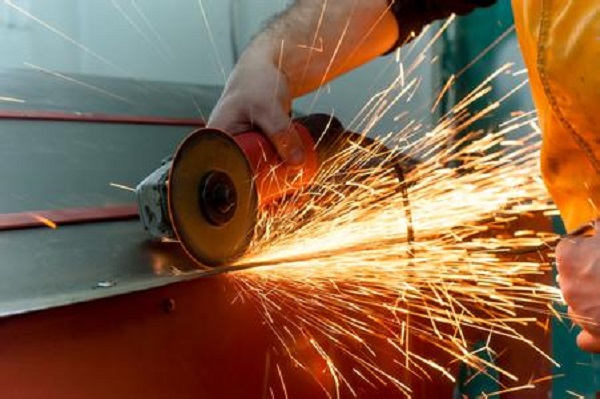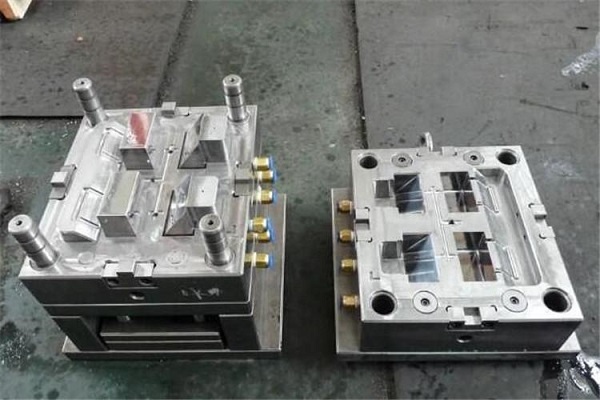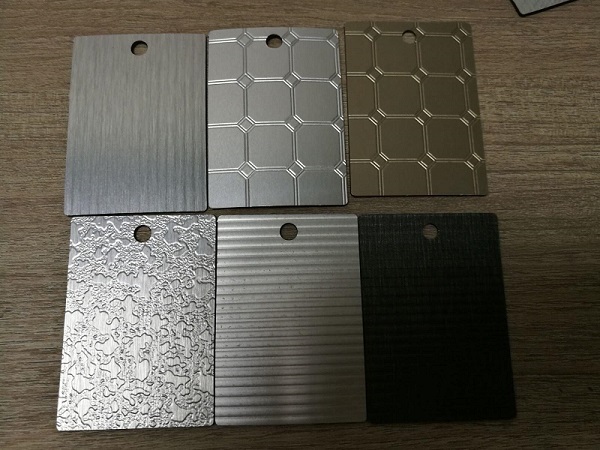If you’ve ever wondered how titanium—one of the strongest, lightest, and most corrosion-resistant metals—goes from raw ore to the parts used in airplanes, medical implants, or sports gear, you’re in the right place. The manufacturing of titanium is a complex, multi-step process that combines high temperatures, precise chemistry, and advanced engineering. Unlike more common metals like steel or aluminum, titanium requires specialized techniques because of its unique properties: it melts at 1,668°C (3,034°F), reacts strongly with oxygen at high temperatures, and is often found in low-concentration ores. In short, titanium manufacturing involves ore extraction, sponge production (the first pure form of titanium), ingot casting, fabrication into semi-finished products, and finishing—each step with strict quality controls to ensure performance. Below, we’ll break down every stage, address common challenges, and share real-world examples to make this technical topic easy to understand.
1. Titanium Ore Extraction: Starting with the Right Raw Material
Titanium is never found in its pure metallic form in nature. Instead, it exists in minerals like ilmenite (FeTiO₃) and rutile (TiO₂)—the two primary sources for commercial titanium production. The first step in manufacturing titanium is mining these ores, which are found in countries like Australia (the world’s largest producer, accounting for ~30% of global supply), South Africa, Canada, and China.
Key Extraction Methods
Mining companies use two main techniques to recover ilmenite and rutile:
- Sandy Beach Mining: Most titanium ores are found in coastal sand deposits, where natural processes have concentrated the heavy minerals. Miners use dredges or excavators to collect sand, then separate titanium minerals from other materials (like quartz) using gravity separators, magnetic separators, and electrostatic machines. This method is less invasive than hard-rock mining and is used in places like Australia’s Eastern Coast.
- Hard-Rock Mining: For ores embedded in rock formations (e.g., in Canada’s Quebec province), miners drill and blast to access the ore, then crush and grind it to release the titanium minerals. This method is more energy-intensive but necessary for certain deposits.
Once extracted, the ores are processed into titanium concentrate (60-95% TiO₂) to reduce transportation costs. For example, Rio Tinto, a major titanium producer, processes ilmenite from its Australian mines into concentrate before shipping it to smelters worldwide.
2. Sponge Production: Turning Concentrate into Pure Titanium
The most critical (and challenging) step in titanium manufacturing is converting titanium concentrate into titanium sponge—a porous, sponge-like material that is the first pure form of titanium (99.5%+ purity). This process is called the Kroll Process, named after William J. Kroll, who developed it in the 1940s. To this day, over 90% of global titanium is made using the Kroll Process, though newer methods (like the Hunter Process) exist for specialized applications.
Step-by-Step Kroll Process
| Stage | Description | Key Challenge |
| 1. Chlorination | Titanium concentrate (TiO₂) is mixed with carbon (coke) and heated to 1,000°C in a fluidized bed reactor. Chlorine gas is then injected, producing titanium tetrachloride (TiCl₄)—a clear, toxic liquid nicknamed “tickle” in the industry. | Controlling chlorine emissions (TiCl₄ is highly corrosive and must be handled in sealed systems). |
| 2. Purification | TiCl₄ is distilled to remove impurities like iron, magnesium, and silicon chlorides. Pure TiCl₄ is stored in sealed containers to prevent reaction with moisture (it forms hydrochloric acid when exposed to water). | Ensuring 99.9% purity—even small impurities can weaken final titanium products. |
| 3. Reduction | Pure TiCl₄ is pumped into a stainless steel reactor, where it reacts with molten magnesium (Mg) at 800-900°C. This reaction produces solid titanium sponge and liquid magnesium chloride (MgCl₂): TiCl₄ + 2Mg → Ti + 2MgCl₂. | Maintaining a vacuum or inert argon atmosphere—titanium reacts with oxygen at high temperatures, which would make it brittle. |
| 4. Leaching & Drying | The reactor is cooled, and the titanium sponge is removed. It is then “leached” with water or hydrochloric acid to dissolve remaining MgCl₂, then dried in a vacuum oven. The result is a porous sponge weighing 50-200 kg. | Removing all MgCl₂—residues can cause corrosion in final products. |
Real-World Example: VSMPO-AVISMA
VSMPO-AVISMA, a Russian company and one of the world’s largest titanium producers, uses the Kroll Process to make sponge for aerospace clients like Boeing and Airbus. In 2023, the company produced over 40,000 metric tons of titanium sponge, with each batch undergoing 12+ quality checks to ensure purity.
3. Ingot Casting: Shaping Sponge into Workable Metal
Titanium sponge is too porous and brittle to use directly. The next step is converting it into titanium ingots—dense, solid blocks that can be rolled, forged, or extruded into semi-finished products (like sheets, bars, or tubes).
The Vacuum Arc Remelting (VAR) Process
Nearly all titanium ingots are made using Vacuum Arc Remelting (VAR), a method that ensures uniform composition and removes defects. Here’s how it works:
- Compacting the Sponge: Titanium sponge is crushed into small pieces, mixed with alloying elements (like aluminum, vanadium, or tin—used to improve strength or corrosion resistance), and pressed into cylindrical “electrodes” using a hydraulic press.
- Melting in a Vacuum: The electrode is placed in a water-cooled copper crucible inside a vacuum chamber. An electric arc is struck between the electrode and the crucible, melting the titanium. As the electrode melts, the liquid titanium collects in the crucible, forming an ingot.
- Remelting for Quality: Most ingots are remelted 2-3 times to eliminate porosity and ensure the alloy is evenly distributed. For aerospace parts (which require the highest quality), some ingots are remelted up to 5 times.
- Cooling & Conditioning: The ingot is cooled slowly (over 24-48 hours) to prevent cracking, then removed from the crucible. It is then trimmed, inspected for defects (using ultrasonic testing), and cut into smaller pieces for fabrication.
Key Data Point
The size of titanium ingots varies by application: small ingots (100-500 kg) are used for medical implants, while large aerospace ingots can weigh up to 10,000 kg (10 metric tons). For example, Boeing’s 787 Dreamliner uses titanium ingots that are 6 meters long and 1.5 meters in diameter to make large structural parts.
4. Fabrication: Turning Ingots into Semi-Finished Products
Once ingots are ready, they are fabricated into semi-finished products—the forms that manufacturers use to make final parts. Fabrication methods depend on the desired product (e.g., sheets for airplane fuselages, bars for medical screws) and the titanium alloy.
Common Fabrication Techniques
- Hot Rolling: Ingots are heated to 800-1,000°C (below titanium’s melting point) and passed through rollers to reduce thickness and increase length. This creates sheets, plates, or strips. For example, Titanium Processing Center (TPC) in the U.S. uses hot rolling to make 2mm-thick titanium sheets for chemical processing equipment.
- Forging: Ingots are heated and pressed into shapes using hydraulic presses or hammers. Forging strengthens titanium by aligning its grain structure, making it ideal for high-stress parts like airplane landing gear. In 2022, Precision Castparts Corp. (PCC) forged a 5,000 kg titanium component for a military jet, which required 10,000 tons of pressure.
- Extrusion: Heated titanium billets (cut from ingots) are pushed through a die with a specific shape (e.g., tubes, channels) using a hydraulic press. Extruded titanium is used in heat exchangers and automotive exhaust systems.
- Drawing: Titanium wires or tubes are pulled through a small die to reduce diameter. This method is used to make fine wires for dental implants or guitar strings.
Challenge: Workability
Titanium is less workable than steel or aluminum because it has low thermal conductivity—heat doesn’t spread evenly, which can cause cracking during fabrication. To solve this, manufacturers use slow heating rates, lubricants (like glass), and precise temperature control. For example, when rolling thin sheets, TPC keeps the titanium at a constant 900°C and uses a glass coating to prevent oxidation.
5. Finishing: Preparing Titanium for Final Use
The final step in titanium manufacturing is finishing, which improves the metal’s appearance, performance, or compatibility with other materials. Finishing methods vary by application:
- Cleaning: Titanium parts are cleaned with solvents or acid baths to remove oils, oxides, or contaminants. For medical implants, parts are sterilized using ethylene oxide or gamma radiation to meet FDA standards.
- Surface Treatment:
- Anodizing: Titanium is immersed in an electrolyte solution and charged with electricity, creating a thin, colored oxide layer. Anodized titanium is used in jewelry (e.g., titanium rings) or consumer electronics (e.g., smartphone frames) for scratch resistance and aesthetics.
- Passivation: Parts are treated with nitric acid to form a protective oxide layer that enhances corrosion resistance. This is critical for titanium used in marine environments (e.g., ship propellers) or chemical tanks.
- Machining: Some parts require precise cutting, drilling, or milling (e.g., medical implants with complex shapes). Titanium is difficult to machine because it is hard and generates heat, so manufacturers use carbide tools and coolants (like mineral oil) to prevent tool wear. For example, Zimmer Biomet, a medical device company, uses 5-axis CNC machines to mill titanium hip implants with tolerances of ±0.01mm.
6. Challenges in Titanium Manufacturing & Industry Trends
While titanium offers exceptional properties, its manufacturing process faces significant challenges that limit its use compared to other metals:
Key Challenges
- High Cost: The Kroll Process is energy-intensive (it uses 50x more energy than steel production) and time-consuming (it takes 7-10 days to make a single sponge batch). This makes titanium 5-10x more expensive than steel. For example, a 1kg titanium ingot costs \(30-\)50, while a 1kg steel ingot costs \(0.50-\)1.
- Supply Chain Risks: Over 70% of titanium sponge production is concentrated in China, Russia, and Japan. Geopolitical tensions (e.g., sanctions on Russia) can disrupt supply, as seen in 2022 when Boeing had to find alternative suppliers for titanium.
- Scalability: The Kroll Process is difficult to scale up, which limits production capacity. Global titanium production is ~600,000 metric tons per year—compared to 1.8 billion metric tons for steel.
Emerging Trends
- New Sponge Production Methods: Companies like Metalysis (UK) are developing electrolytic processes that use electricity to convert TiCl₄ into titanium sponge directly. These methods are 30% more energy-efficient than the Kroll Process and can reduce production time to 24 hours. Metalysis plans to open a commercial plant in 2025 with a capacity of 10,000 metric tons per year.
- Recycling: Titanium is highly recyclable, and recycled titanium (called “secondary titanium”) costs 40% less than primary titanium. In 2023, ~20% of global titanium production came from recycling, mostly from aerospace scrap (e.g., leftover ingot pieces). Companies like TiZir Ltd. specialize in recycling titanium and aim to increase the recycling rate to 30% by 2030.
Yigu Technology’s Perspective on Titanium Manufacturing
At Yigu Technology, we see titanium manufacturing as a critical enabler for high-tech industries—from aerospace to medical devices. The biggest opportunity we see is in simplifying the Kroll Process to reduce costs and increase accessibility. While newer methods like electrolysis are promising, they need more scaling to compete with the Kroll Process’s reliability. We also believe in the power of recycling: as more titanium products reach the end of their life (e.g., old airplanes, medical implants), recycling can create a more sustainable supply chain. For our clients in the automotive and consumer electronics sectors, we recommend using recycled titanium alloys for non-critical parts to balance performance and cost. Finally, we emphasize the importance of quality control—even small defects in titanium can lead to catastrophic failures, so partnering with manufacturers that follow strict ISO 9001 and AS9100 standards is essential.
FAQ: Common Questions About Titanium Manufacturing
- How long does it take to manufacture titanium from ore to finished part?
The entire process takes 2-4 weeks: 7-10 days for sponge production, 3-5 days for ingot casting, 5-7 days for fabrication, and 2-3 days for finishing. For high-quality aerospace parts, it can take up to 6 weeks due to additional testing.
- What is the most expensive step in titanium manufacturing?
Sponge production (the Kroll Process) is the most expensive, accounting for ~40% of the total cost. This is because it requires large amounts of energy, chlorine gas, and molten magnesium.
- Can titanium be manufactured without the Kroll Process?
Yes, the Hunter Process (using sodium instead of magnesium to reduce TiCl₄) is used for small-scale production of pure titanium (99.99% purity) for scientific or medical applications. However, it is more expensive than the Kroll Process and not suitable for large volumes.
- Is titanium manufacturing bad for the environment?
The Kroll Process uses a lot of energy (mostly from fossil fuels) and produces chlorine byproducts, but modern plants use scrubbers to reduce emissions. Recycling titanium is much more eco-friendly—it uses 90% less energy than primary production. Most major titanium manufacturers now follow ISO 14001 environmental standards.
- What are the most common titanium alloys used in manufacturing?
The most popular alloy is Ti-6Al-4V (6% aluminum, 4% vanadium), which accounts for ~50% of all titanium use. It is strong, lightweight, and corrosion-resistant, making it ideal for aerospace parts, medical implants, and sports equipment. Other common alloys include Ti-3Al-2.5V (for aircraft hydraulic tubes) and Ti-6Al-2Sn-4Zr-2Mo (for high-temperature engine parts).
